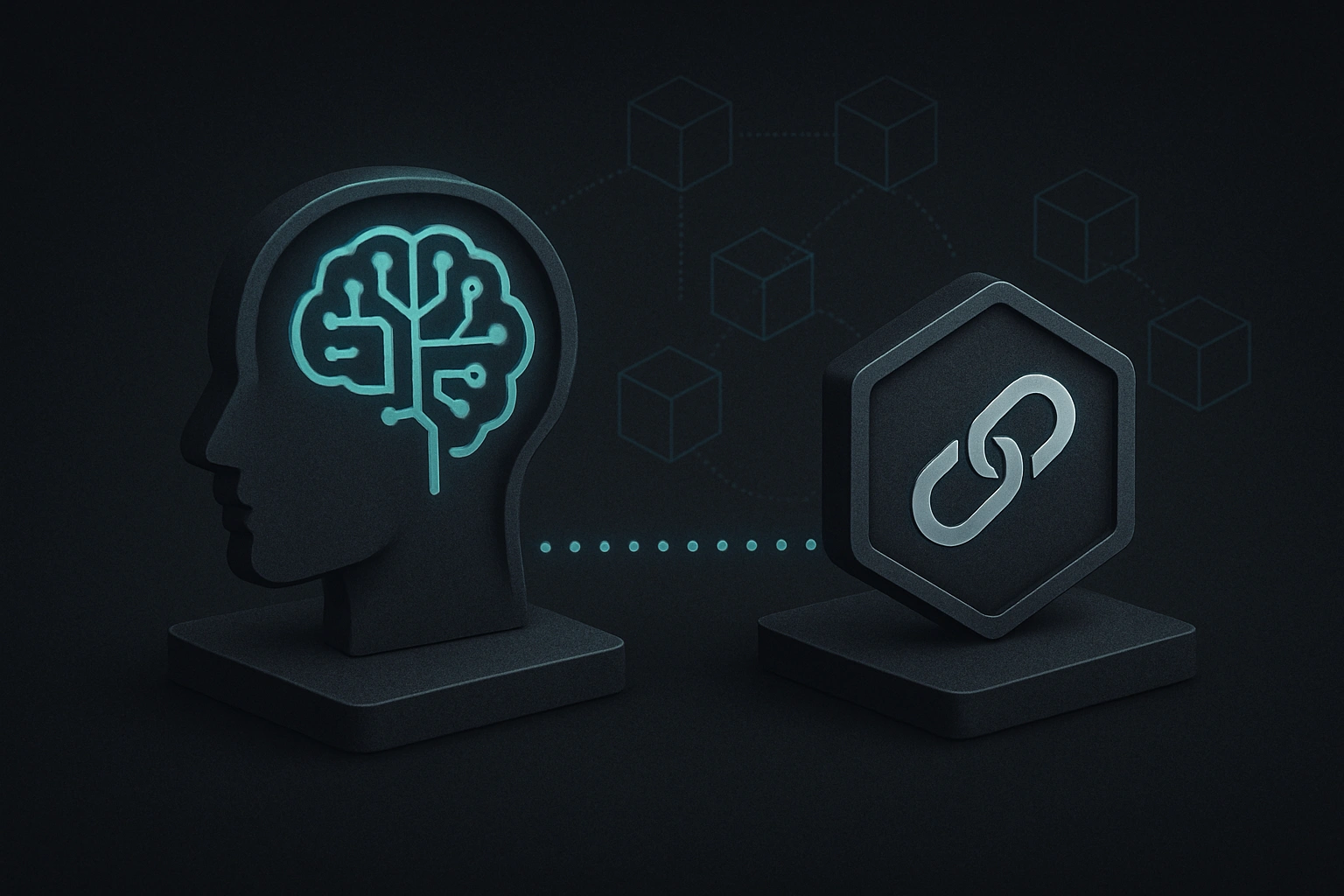Роль искусственного интеллекта в торговле быстро расширяется, что приводит к фундаментальным изменениям на финансовых рынках. От анализа данных в реальном времени до автономного принятия решений — искусственный интеллект играет ключевую роль в взаимодействии учреждений и частных лиц с рынками капитала. Но как именно искусственный интеллект используется в операциях на фондовом рынке сегодня? Каковы преимущества и проблемы использования искусственного интеллекта в финансах? В этой статье описываются основные функции, риски и будущие направления развития этой технологии.
Что такое искусственный интеллект в торговле?
Искусственный интеллект в трейдинге включает использование машинного обучения, статистического моделирования и алгоритмов обработки данных для прогнозирования и совершения сделок.
Сюда входят:
- Анализ исторических данных о ценах
- Интерпретация новостных настроений и макроэкономических сигналов
- Изучение поведения рынка для адаптации стратегий
В большинстве случаев эти системы интегрированы в более широкие искусственный интеллект для алгоритмической торговли архитектуры, обеспечивающие выполнение в реальном времени на основе динамических моделей, а не фиксированных правил.
Применение искусственного интеллекта в среде фондового рынка
Применение Искусственный интеллект на фондовом рынке торговля включает в себя широкий спектр функций:
1. Разработка стратегии и бэктестинг
Модели искусственного интеллекта могут создавать торговые стратегии, изучая исторические рыночные данные, накопленные десятилетиями. Эти стратегии тестируются на практике, чтобы определить оптимальные точки входа и выхода с определенными параметрами риска.
2. Исполнение сделок и оптимизация скорости
В высокочастотных средах, искусственный интеллект для алгоритмической торговли позволяет совершать сделки за доли секунды, используя микровозможности при минимальном контроле со стороны персонала.
3. Анализ настроений и новостей
Обработка естественного языка (NLP) помогает системам интерпретировать новости в реальном времени, сообщения о доходах и даже социальные сети, чтобы предвидеть рыночные движения.
4. Мониторинг рисков и корректировка портфеля
Искусственный интеллект в финансах помогает управлять рисками путем автоматической ребалансировки портфелей или запуска стратегий хеджирования при изменении рыночных условий.
Преимущества и проблемы искусственного интеллекта в торговле
Выгоды:
- Более быстрый анализ и время реакции
- Повышенная точность исполнения сделок
- Масштабируемая автоматизация всех классов активов
- Устранение эмоциональной предвзятости
Вызовы:
- Переоснащение модели историческими данными
- Отсутствие объяснения в процессах принятия решений
- Проблемы регулирования, связанные со справедливостью и прозрачностью
- Уязвимость во время неожиданных макроэкономических событий
В то время искусственный интеллект в трейдинге обеспечивает скорость и эффективность, а также усложняет и полагается на высококачественные данные.
Роль искусственного интеллекта в финансах в будущем
По мере того, как все больше фирм принимают Искусственный интеллект в финансах, ожидается, что будущие разработки будут включать следующее:
- Более широкое использование неконтролируемого обучения для выявления аномалий
- Интеграция альтернативных источников данных (например, спутниковых данных, метрик ESG)
- Более широкое использование обучения с подкреплением для развития стратегии в реальном времени
- Более прозрачные системы искусственного интеллекта для соответствия нормативным стандартам
Использование Искусственный интеллект на фондовом рынке Принятие решений больше не является обязательным для ведущих институтов — оно становится конкурентной необходимостью.
Заключение
Искусственный интеллект в трейдинге трансформирует функционирование финансовых рынков, предлагая скорость, адаптируемость и новые уровни автоматизации. Через искусственный интеллект для алгоритмической торговли, трейдеры могут анализировать и действовать быстрее, чем когда-либо прежде.
Однако успех зависит не только от технологий, но и от надежной инфраструктуры данных, продуманного внедрения и надежного управления рисками. Так как Искусственный интеллект в финансах продолжает развиваться, равно как и сопутствующие стратегии и гарантии.




